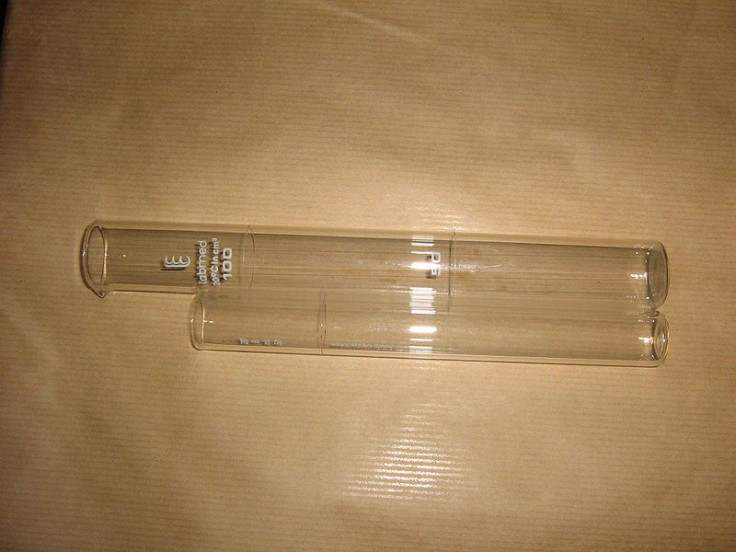As Assisted Reproductive Technologies Evolve, IVF Becomes Affordable To More Couples

An estimated 12 to 15 percent of couples of child-bearing age in industrialized countries and roughly 180 million couples in developing countries experience fertility difficulties, according to the World Health Organization; and in some low-income countries, women are shamed, abused, and abandoned if they are unable to conceive. For this reason, many herald a new in vitro fertilization (IVF) procedure, which can be performed for about $265 by way of generic drugs and the most basic of laboratory equipment.
The simplified IVF system was first conceived in 2009 and then developed, tested, and validated for human use by Professor Jonathan Van Blerkom at the University of Colorado and his colleagues.
Procedure
IVF is a technique in which a woman’s eggs are combined with her partner's sperm in a laboratory as opposed to inside her body. Once fertilization has occurred, the resulting embryos develop for three to five days before being placed in the woman's uterus.
The new low-cost culture system is known as tWE in recognition of the Walking Egg foundation, which supported its development. As the first step in this new process, a woman simply takes cheap fertility tablets to stimulate her ovaries to release more than one egg per month. (Current IVF procedures demand a woman use potent, injectable, and expensive drugs, which may then produce more than 20 eggs.)
Because, according to Van Blerkom, a human embryo requires only basic solutions, a steady pH level, and a constant temperature, his new system is based on a process of incubation between two glass tubes.
There is a culture medium in one tube, which is connected by needles and tubing to another tube in which CO2 is generated from a chemical reaction between citric acid and sodium bicarbonate. This ongoing reaction brings the culture medium in the second tube into balance. Once equilibrium of the culture medium is achieved, the connection to the second test tube is severed and then oocytes and sperm are injected by syringe into the tube with the culture medium. (This process can be completed without disturbing the air environment inside the tube.) Fertilization and embryo development can easily be viewed as they take place within the glass tube.
As of July of this year, 12 babies, all heathy, have been born using his new method of IVF, Van Blerkom told the Daily Camera.
Assisted Reproductive Technologies
Van Blerkom, who has published over 100 original articles and co-authored or edited six books dealing with early mammalian development, is no stranger to assisted reproductive technologies (ART); in fact, he performed Colorado’s first successful in vitro fertilization procedure in 1982 as reported by the Associated Press.
IVF is just one of many birth technologies that an increasing number of couples employ to help them conceive a child. Procedures similar to IVF that have assisted infertile couples include intracytoplasmic sperm injection (ICSI), gamete intrafallopian transfer (GIFT), and zygote intrafallopian transfer (ZIFT).
More complex uses of technology occur when donor eggs — eggs contributed by another woman — are used and implanted into a woman’s uterus. In this case, the resulting baby, though carried by the mother, would be related biologically to the woman who donated the egg. In instances where a surrogate is used, another woman carries the embryo to term and gives the baby to the mother; in some cases, the woman who received the baby may be the biological mother, who simply was unable to carry a baby to term. Or the baby might be the result of a donor egg and sperm, and unrelated either to the surrogate or the woman who receives the baby and becomes the child’s mother.
Clearly, the various new birth technologies raise a host of legal questions and possibly ethical dilemmas. What is to be done with fertilized embryos that are not used? What are the rights of a surrogate? As with organ donation by those living in impoverished conditions, can a woman in a developing nation truly provide ‘consent’ to the use of her womb? (There is a burgeoning market in India for gestational surrogates where this business is worth $2.3 billion, according to the South China Morning Post.) Feminists, for instance, criticize the use of surrogates as one more instance where a woman's body is 'commodified.'
The current generation of ART also raises the specter of more advanced techniques and entities. Chimeras, for example, would result when more than two people contribute to the genetics of an embryo or when human and animal DNA is mixed. The next generation of ART may very well bring the unforeseen into view.
Published by Medicaldaily.com



























